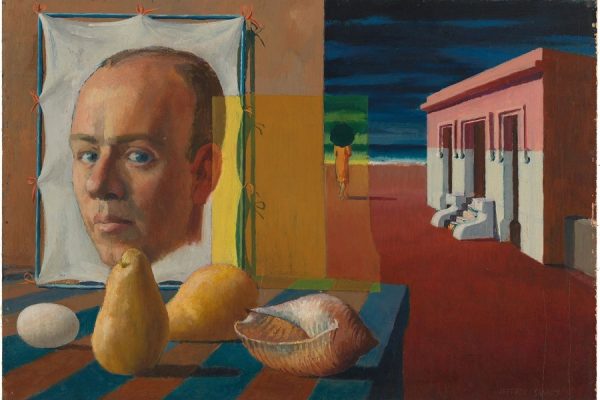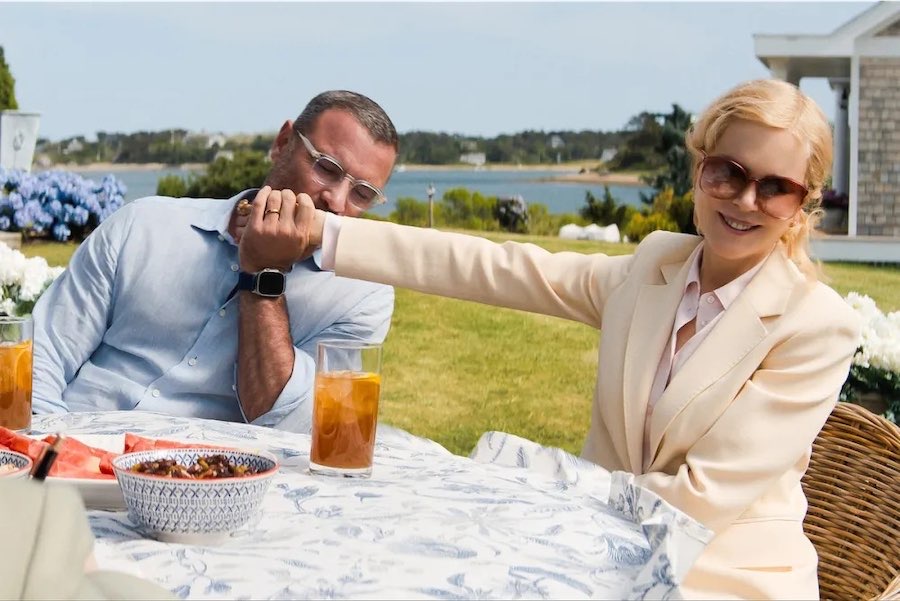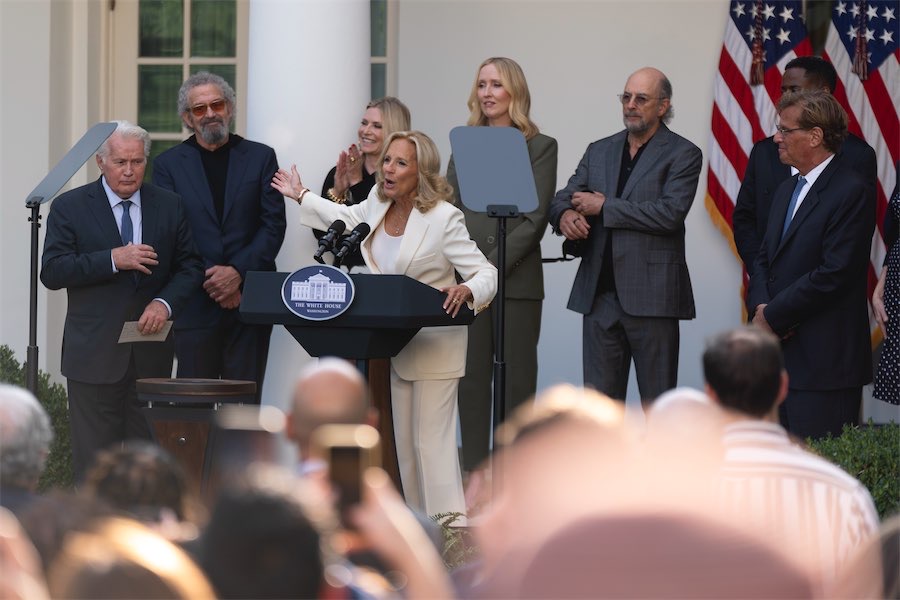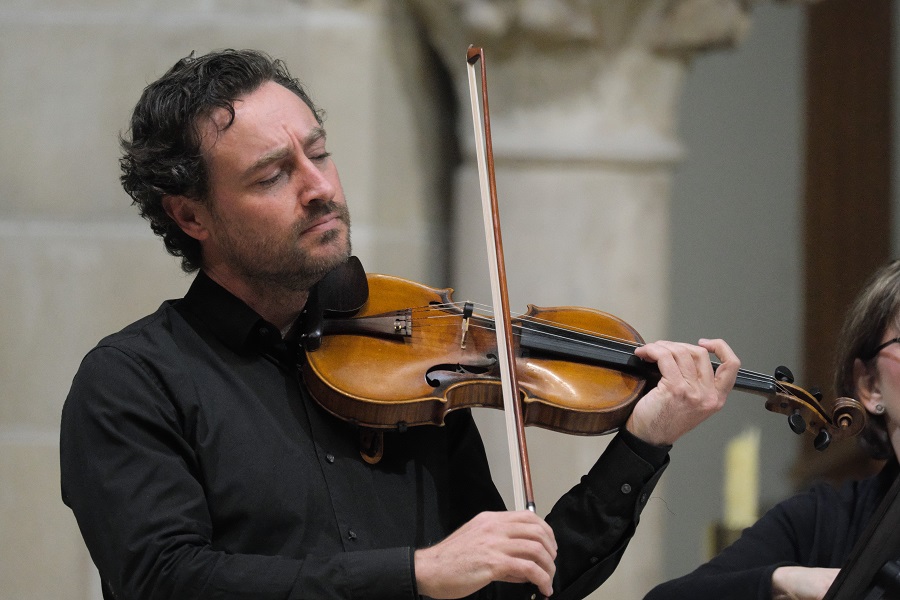
THIS morning (December 10) media were introduced by director Nick Mitzevich to the National Gallery’s exhibition “Jeffrey Smart”, marking 100 years since the birth of the famous artist, which opens to the public tomorrow.
While the exhibition contains important works from the NGA’s own collection, including “Wallaroo”, his self-portrait, “Procida”, “Corrugated Gioconda” and his final work, “Labyrinth”, the 130-work show has drawn on public and private institutions around the country to create a full picture of the artist who made the ordinary look extraordinary.
With a career spanning seven decades, Adelaide-born Smart provided a fresh take on 20th century modernity, capturing the dynamism and beauty of urban life in his depictions of sweeping roadways, high-rise apartments, construction sites and other elements of the industrial age.
Marking the centenary of Smart’s birth in 1921, “Jeffrey Smart” traces his artistic legacy from his early years in SA to his last painting, “Labyrinth”, completed in 2011, two years before his death.
“Jeffrey Smart” showcases Smart’s artistic vision around themes including theatre of the real and the uncanny; surveillance; abstraction and figuration; portraiture and art about art.
Initially due to open in October, but delayed due to the pandemic, the exhibition will have an extended season to May 15.
National Gallery director Nick Mitzevich said Smart was a unique voice in Australian art and his work was part of the DNA of the National Gallery, which will mark 40 years since its opening in 2022.
“Jeffrey Smart made an impact on generations of artists, art students and art lovers and we are pleased to remember his remarkable life in this centenary year,” Mitzevich said.
“He has been an important part of the National Gallery for decades – even before its inception – when the Commonwealth Art Advisory Board purchased ‘Wallaroo’ in 1959, for what was to become the national collection.”
While art was always a passion, it was not until his 40s that he was painting full-time. Smart began his working life as a teacher and his career included stints as an art critic at “The Daily Telegraph”, a presenter on the ABC children’s radio program “The Argonauts” and a teacher at the National Art School.
Smart explored his journey to becoming an artist and the complexity of being gay in post-war Australia in his 1996 memoir “Not Quite Straight”. After a lifelong fascination with Europe, Smart settled in Italy with his long-term partner Ermes De Zan in the ’70s, but continued to return regularly to Australia and strongly identified as an Australian.
“Jeffrey Smart”, National Gallery, December 11-May 15.
Who can be trusted?
In a world of spin and confusion, there’s never been a more important time to support independent journalism in Canberra.
If you trust our work online and want to enforce the power of independent voices, I invite you to make a small contribution.
Every dollar of support is invested back into our journalism to help keep citynews.com.au strong and free.
Thank you,
Ian Meikle, editor




Leave a Reply